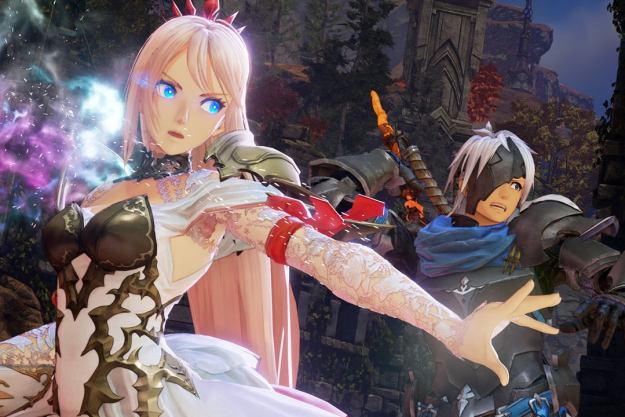
Microsoft hasn’t officially announced its next-generation Xbox console yet, though the company did reveal something is in the works back at E3 2018. If new reports are accurate, those plans likely include two separate consoles aimed at entirely different users.
According to Windows Central, Microsoft’s next-generation Xbox plan, which has been called “Scarlett” in the past, will consist of two different machines. The first of these is an affordable console code-named “Lockhart,” which will be similar in power to the current Xbox One X, while the latter will be a more powerful system code-named “Anaconda.” The consoles will apparently be fully compatible with all games currently available on Xbox One, including those available via the backward compatibility program, and a new platform called “GameCore” should make it easier for games to function on both Xbox and PC.
The Windows Central report also gives a release year of 2020 for the two consoles, which is the same period given by Thurrott’s Brad Sams back in June.
What the new report doesn’t confirm, however, is whether the cheaper next-generation Xbox console will be streaming-only, or if it will still support traditional discs and downloads. With Microsoft also rumored to launch a disc-free Xbox One S in 2019, this seems like a possibility, and the development on Project xCloud gives players more choice in how they play Xbox games — the service will be compatible across several devices, including mobile phones, and control schemes will be created to make touchscreen play more enjoyable. For those who want to use traditional controllers, they’ll also be available via Bluetooth connectivity, and the service only needs a 10Mbps download speed in current tests.
Main competitor Sony has remained even quieter regarding its own next-generation console plans. CEO Kenichiro Yoshida recently said that it’s “necessary to have a next-generation hardware,” but he didn’t specify when the system would arrive or what kind of features it would have. Sony hasn’t always launched its consoles at the same time as its competitors, with the PlayStation 2 arriving earlier than the Xbox and the PlayStation 3 arriving later than the Xbox 360, but we’re willing to bet that the next-generation systems won’t see such a gap.
Editors' Recommendations
- 3 Xbox Game Pass games you need to play this weekend (May 3-5)
- All upcoming Xbox Series X games: 2024 and beyond
- Is Sea of Thieves cross-platform?
- April’s most anticipated RPG is coming to Xbox Game Pass
- I’m secretly hoping that the leaked all-white Xbox Series X isn’t real


